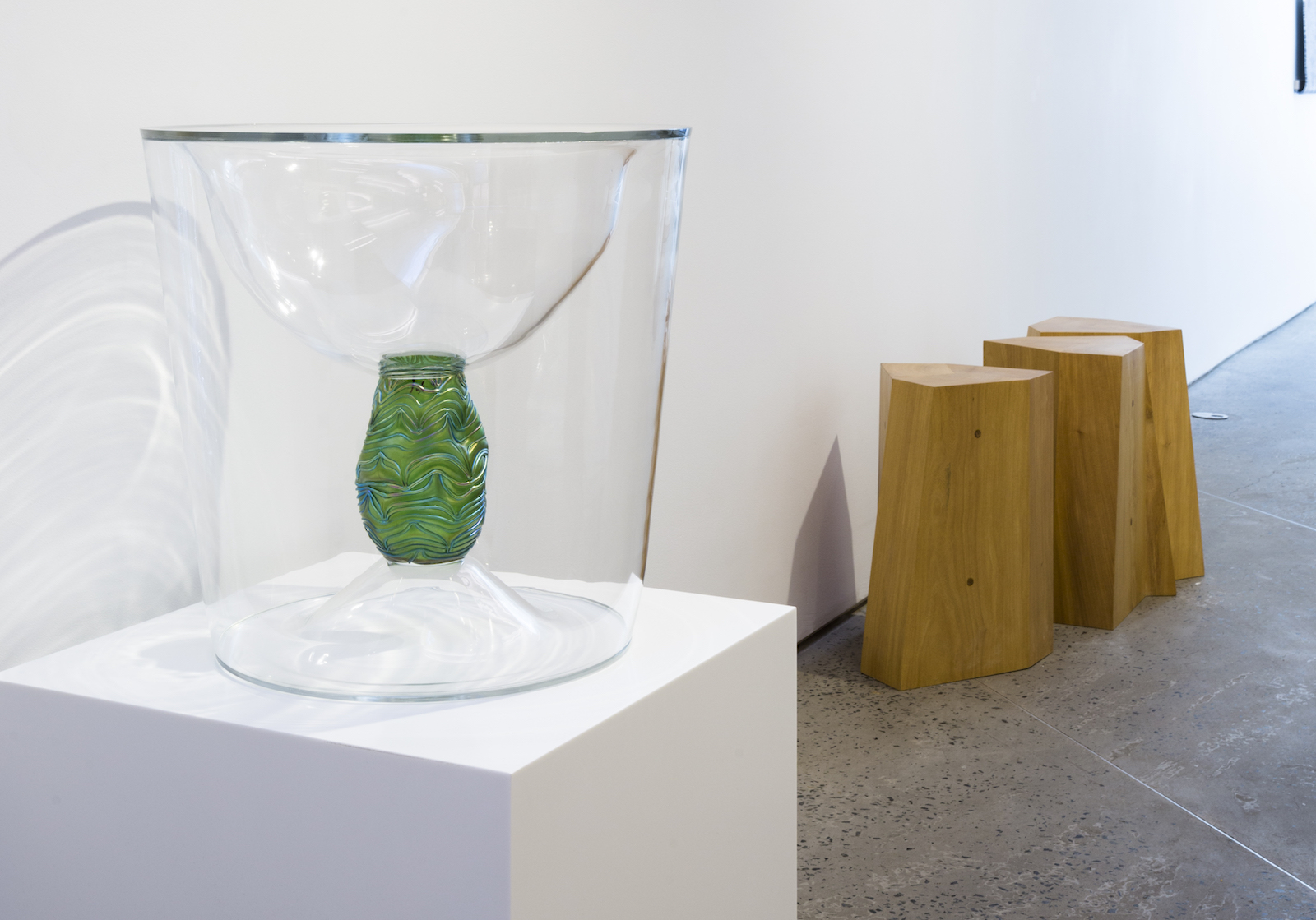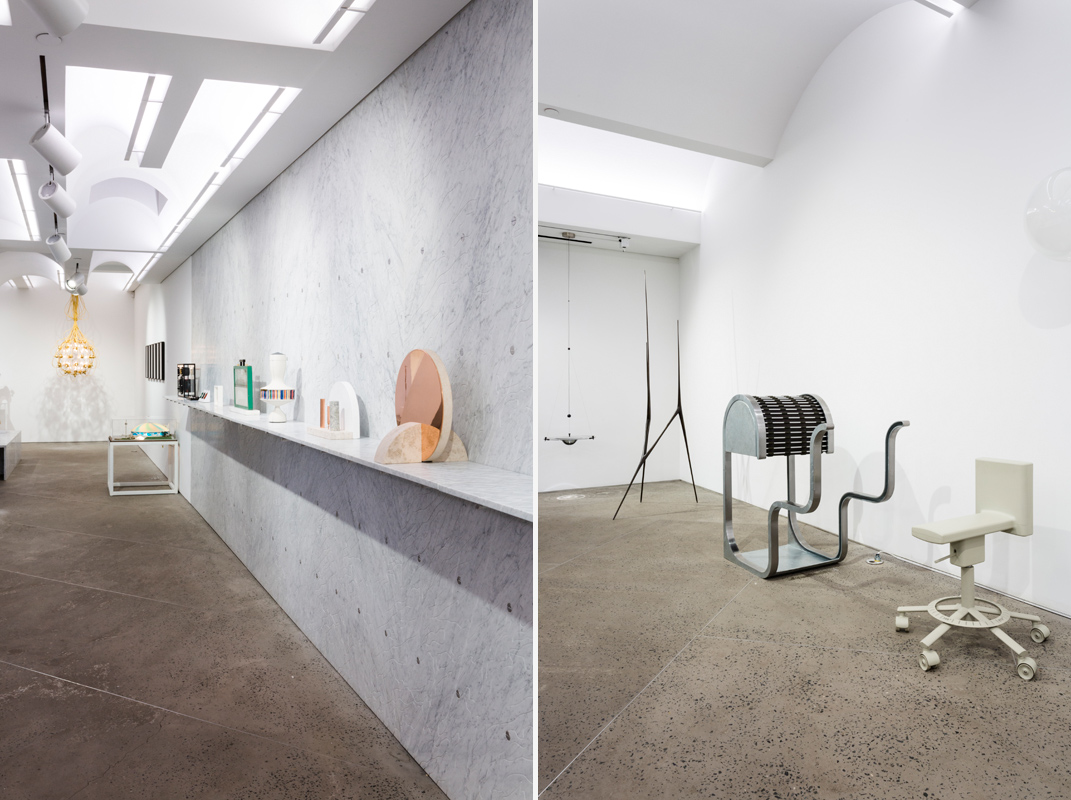Chamber’s Collection #2 “Progressland” Exhibition
A second installment of uncommon design works curated by artist Andrew Zuckerman

A transportive exhibition of uncommon design items and beyond, “Progressland” at Chelsea’s Chamber Gallery sees a return of guest curator Andrew Zuckerman for a second installment of his hand-selected “collection.” The multi-disciplinary creator has tapped dozens of artists and designers to showcase here, including special commissions from the likes of Bec Brittain, Nao Tamura and more. “Progressland” represents Zuckerman’s year-long study of the natural world. From historic objects to customized contemporary design pieces, the diversity on display captures a sense of forward design-thinking across the ages—all with a focus on progress. And remarkably, it’s not the strangeness of certain items that leaves a lasting impression from the space, but the cohesive visual presentation.

“The first show was all about root origins and primordial forms—how we process nature on a basic level,” Zuckerman explains to CH. “Because symmetry is such an important part of nature, as well as cause and effect, I wanted a symmetrical expression over the year here. This final show [for me] is not about where we are going in modernist terms or futurism. It’s more about the human spirit for progress and exploration.” This is evident in the show’s grounded thematic nature. As much as poetic creativity is on display, it’s really about initiating a dialogue while working through time.

“Our first piece is by Mimi Jung and it is a reimagining of a classic southern Japanese or Chinese tea house. It is a meditative space really meant for one, but you could have a partner in there,” Zuckerman observes. The design piece actually closes and creates a thoughtful, serene place. Zuckerman explains that Jung is a master of hand-woven textiles and they factor prominently into her works. In contrast, the next piece happens to be a totem from Anthony Bianco. It’s not a jarring transition, and as Zuckerman makes clear: “It’s in the area of the individual.”

There are many items that tap into the essence of antiquity, as well—some of which have been modernized. Sculpture Ika Künzel “inherited turn-of-the-century vases from her great-grandparents,” Zuckerman says. “She felt like she couldn’t use them so she blew these protective pieces around them.” It’s a true demonstration of advancing the past and lending use to that which should be used. Further, on display there are paleolithic tools—real ones (at 15,000 years old). These were consigned by Zuckerman. Beside them, a Danish dagger rest near an urn and even seeds that went to space. It’s a collection of eccentric wonderment.

The show itself takes its name from a centerpiece item. “This is the Richard Rush Studio model that Disney presented to GE for the 1964 World’s Fair main attraction,” Zuckerman explains. At that point it was named “Progressland.” Zuckerman tells us, “This became Tomorrowland. It was an anamatronic exhibition with a carousel that traveled around inside and showed you how electricity makes things better.” It’s an uncommon piece that again manages to toe the line between past, present and future.

Zuckerman touches upon three points: dialogue, collaboration and competition. “Do they lead to progress?” he asked us. And that’s what the exhibition questions. When viewing the Hasselblad used by Apollo astronauts during training beside Cosmonaut gloves, one sees what he is going for. Zuckerman also contributes a piece to the show. It’s a Globe-Trotter case—the notion behind it being a luxury carrying case for private space travel. “Progress isn’t necessarily about reinventing. It can be about reforming,” Zuckerman concludes. And that is evident here. Lots of what initially feels far or distant, ultimately comes across as familiar. It’s progress.

Progressland is running now through August 2016 at Chamber, 515 West 23rd Street, NYC.
Portrait by Josh Rubin, other images courtesy of Chamber












